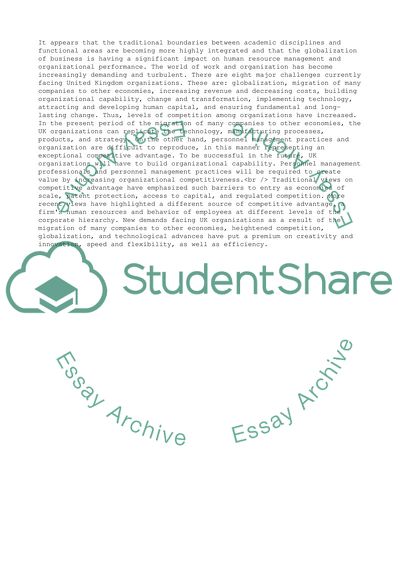Cite this document
(Introduction To Human Resource Management Coursework - 1, n.d.)
Introduction To Human Resource Management Coursework - 1. https://studentshare.org/management/1703474-introduction-to-human-resource-management
Introduction To Human Resource Management Coursework - 1. https://studentshare.org/management/1703474-introduction-to-human-resource-management
(Introduction To Human Resource Management Coursework - 1)
Introduction To Human Resource Management Coursework - 1. https://studentshare.org/management/1703474-introduction-to-human-resource-management.
Introduction To Human Resource Management Coursework - 1. https://studentshare.org/management/1703474-introduction-to-human-resource-management.
“Introduction To Human Resource Management Coursework - 1”. https://studentshare.org/management/1703474-introduction-to-human-resource-management.


